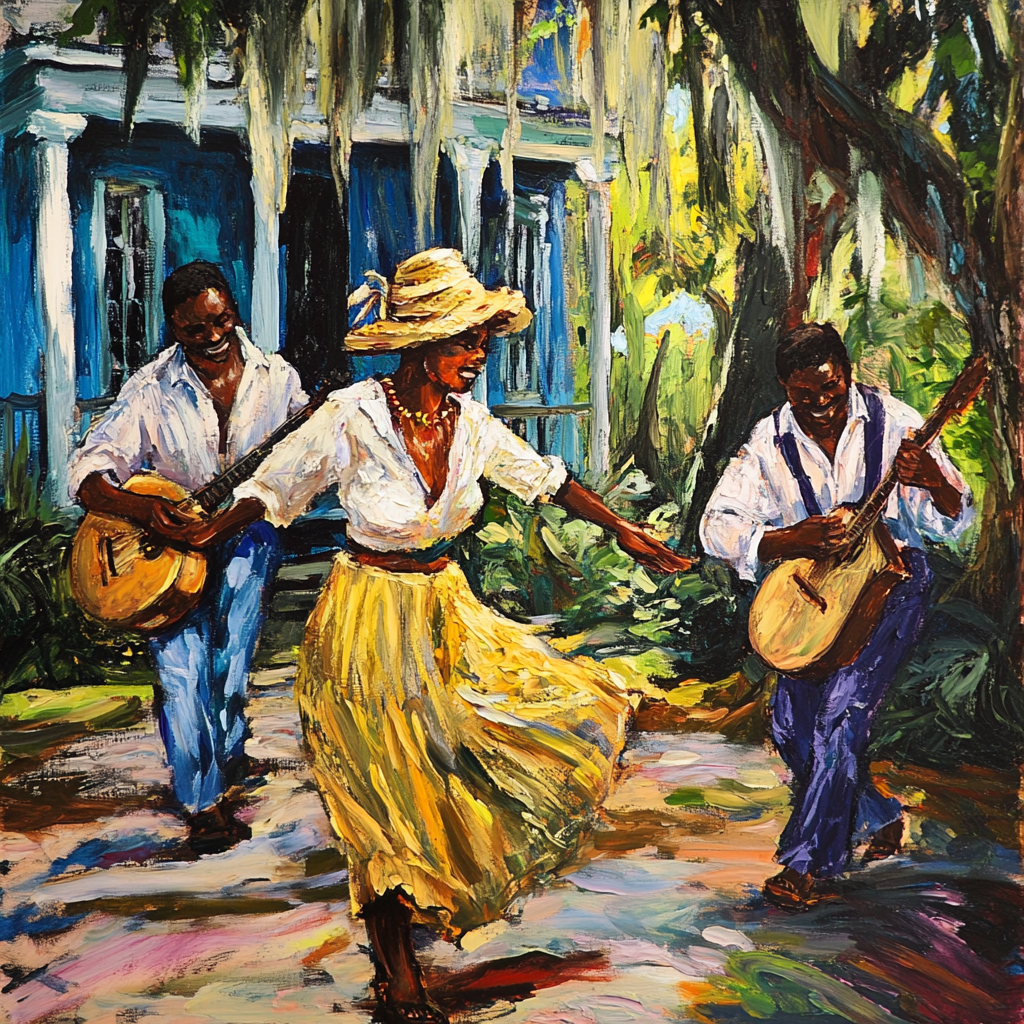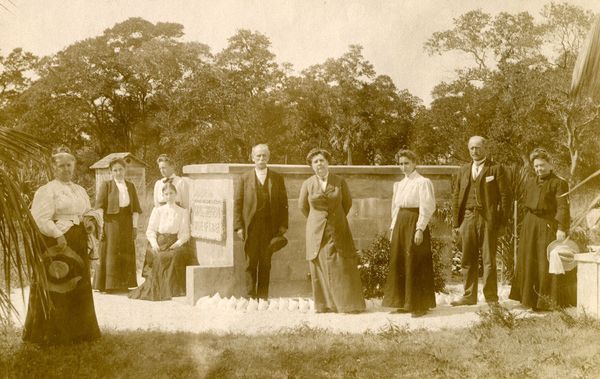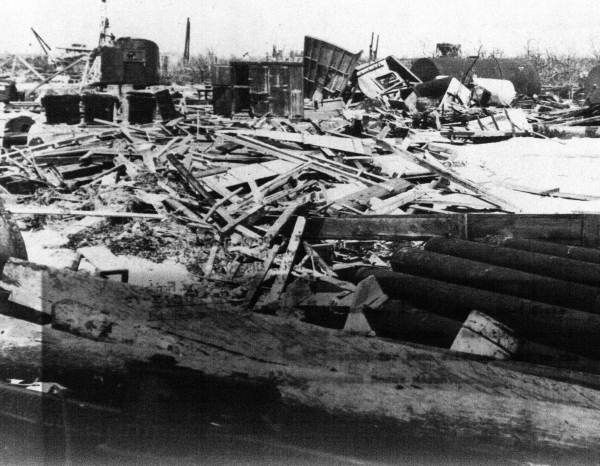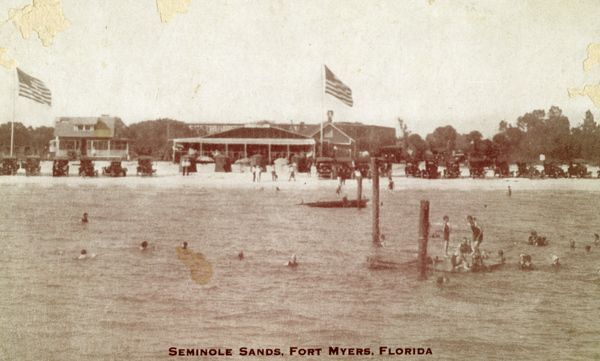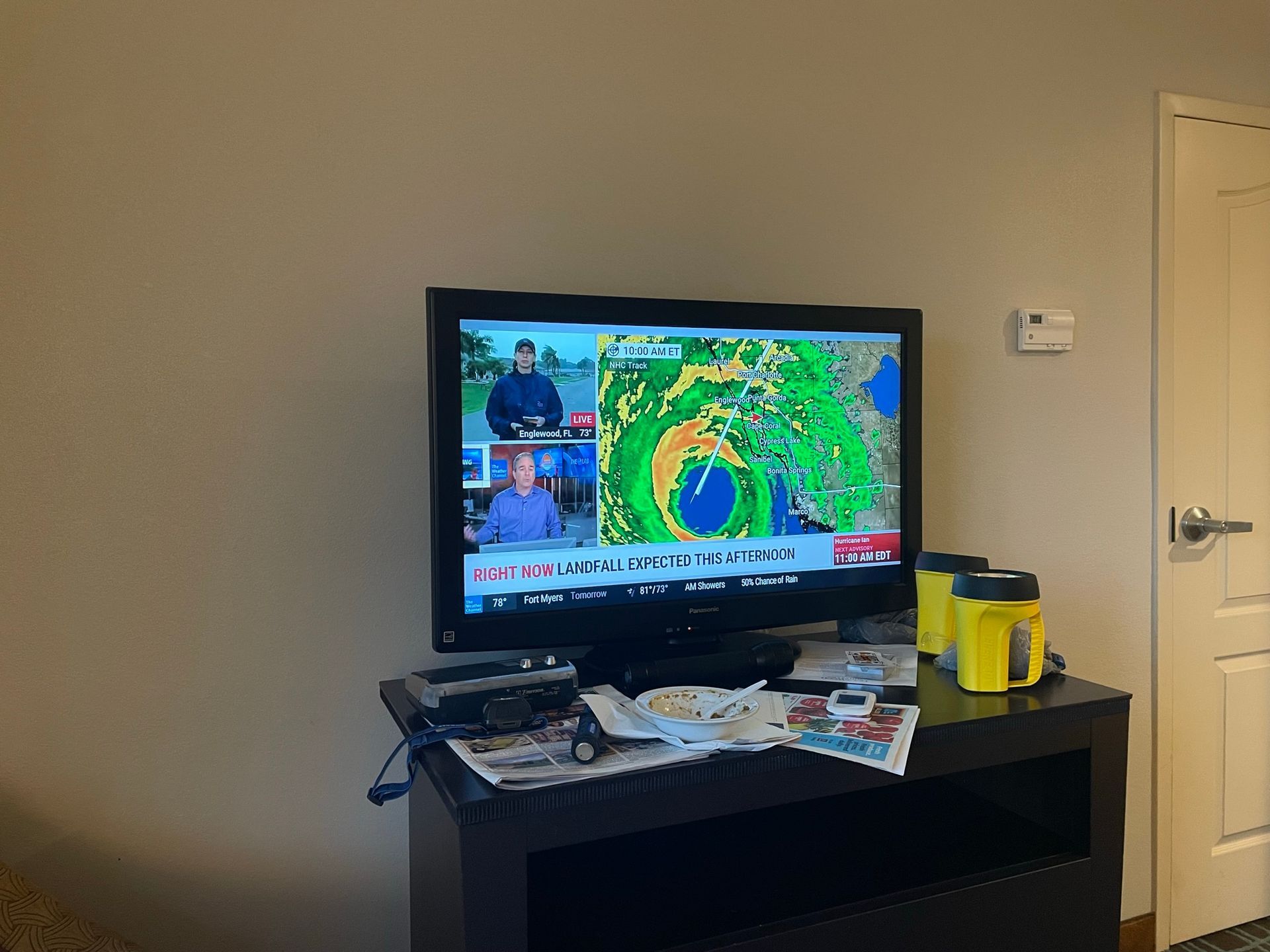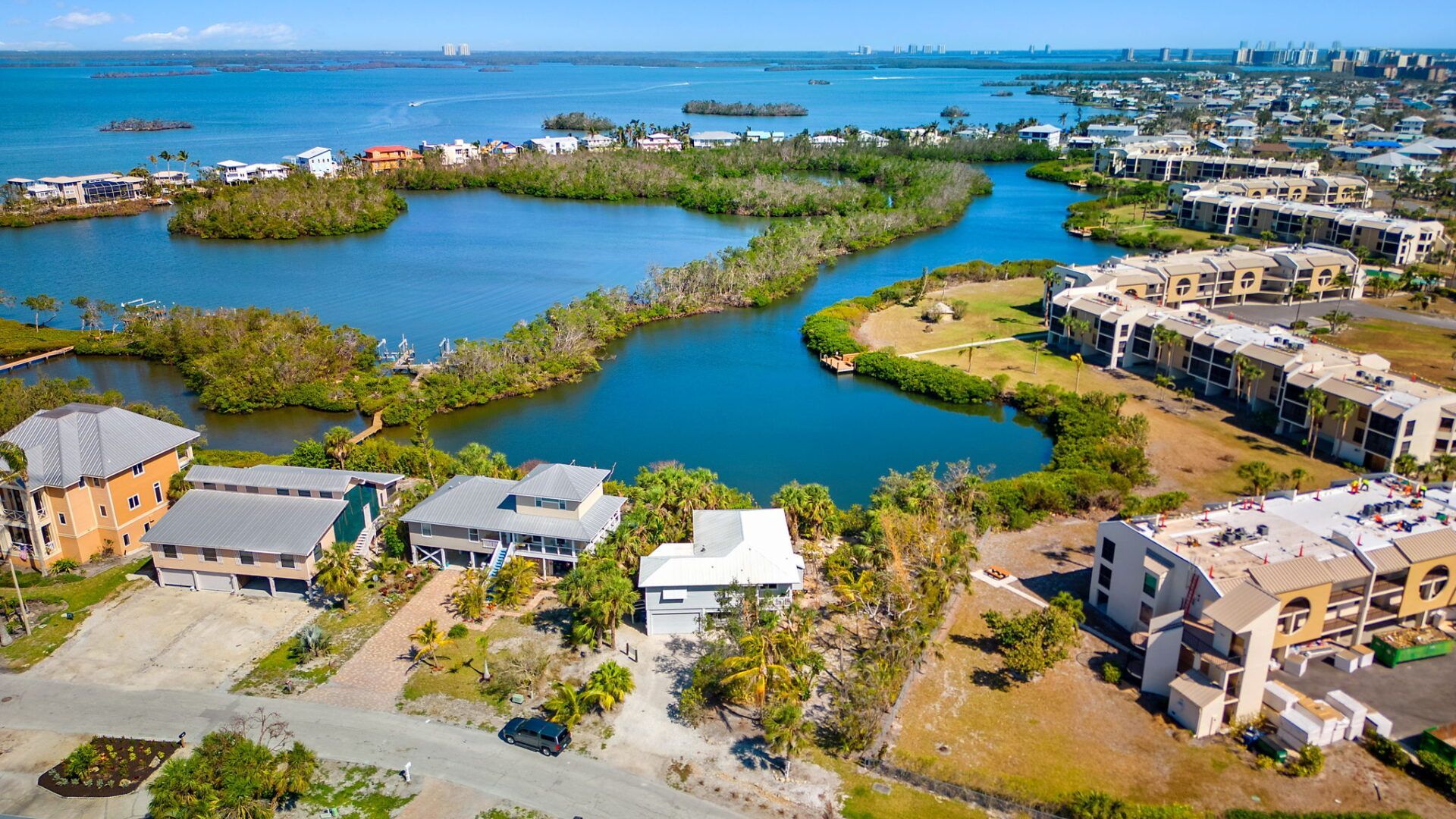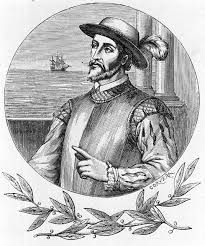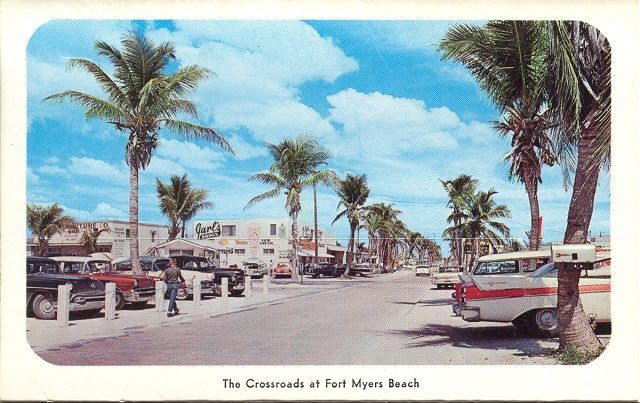The Boys of Summer–1956– Little League Comes to the Beach
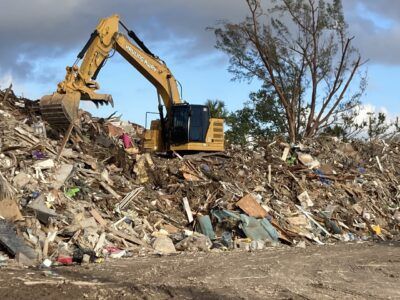
For the past eleven months, the ball fields at Bay Oaks have been taken over by dump trucks and land movers as the clean up after Ian continued. Recently, however, it was announced that the ball fields will be back in operation by the end of the month. This will come as welcome news to residents as a sign of our recovery, however slow it has been.
As I was going through some of the material that I was able to salvage from the Historic Society, I found an article written by Lee Melsek and published in the News-Press (no date available). Lee was an investigative reporter for the News-Press for many years. He grew up on Fort Myers Beach.
According to the article, it was during the summer of 1956 that Little League Baseball came to Fort Myers Beach. Prior to that summer, there was no organized recreation or sports on the island. Beach kids were on their own when it came to finding ways to entertain themselves back in the early 50s. They would go to the beach to play baseball or football with their friends. Growing up living in Red Coconut there were always kids available to form teams and play on the beach.
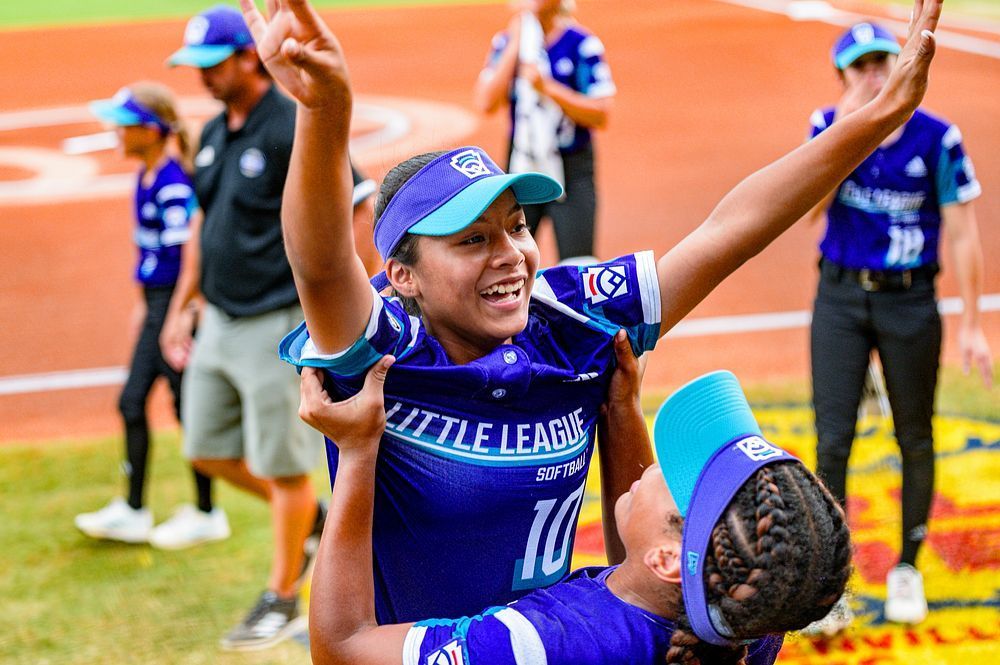
Then came the summer of 56 when the Beach Rotary and Lions Clubs decided to start a Little League on the island. Under the leadership of businessman Walt Morford, three teams were organized with sponsors for the first year. Three islanders volunteered to coach the new teams: Joe Mazzola, Pete McCagg, and Gordon McPherson.
During that first summer, the teams played in a field where Key Estero is now. Melsek describes the “stubbly field” as follows:
“There were no grandstands, no dugouts, and no speaker system to announce the players. A chicken wire fence used for a backstop rarely stopped foul balls. Sometimes the balls flew across Estero Boulevard and through the big window of Max Chase TV.” The outfield was “thick with weeds, sandspurs, and an occasional gopher hole.” One year later, according to Melsek, Joe Busta, a local contractor, built a new ball field next to Beach School. This is where the present fields are located.

This is paragraph text. Click it or hit the Manage Text button to change the font, color, size, format, and more. To set up site-wide paragraph and title styles, go to Site Theme.
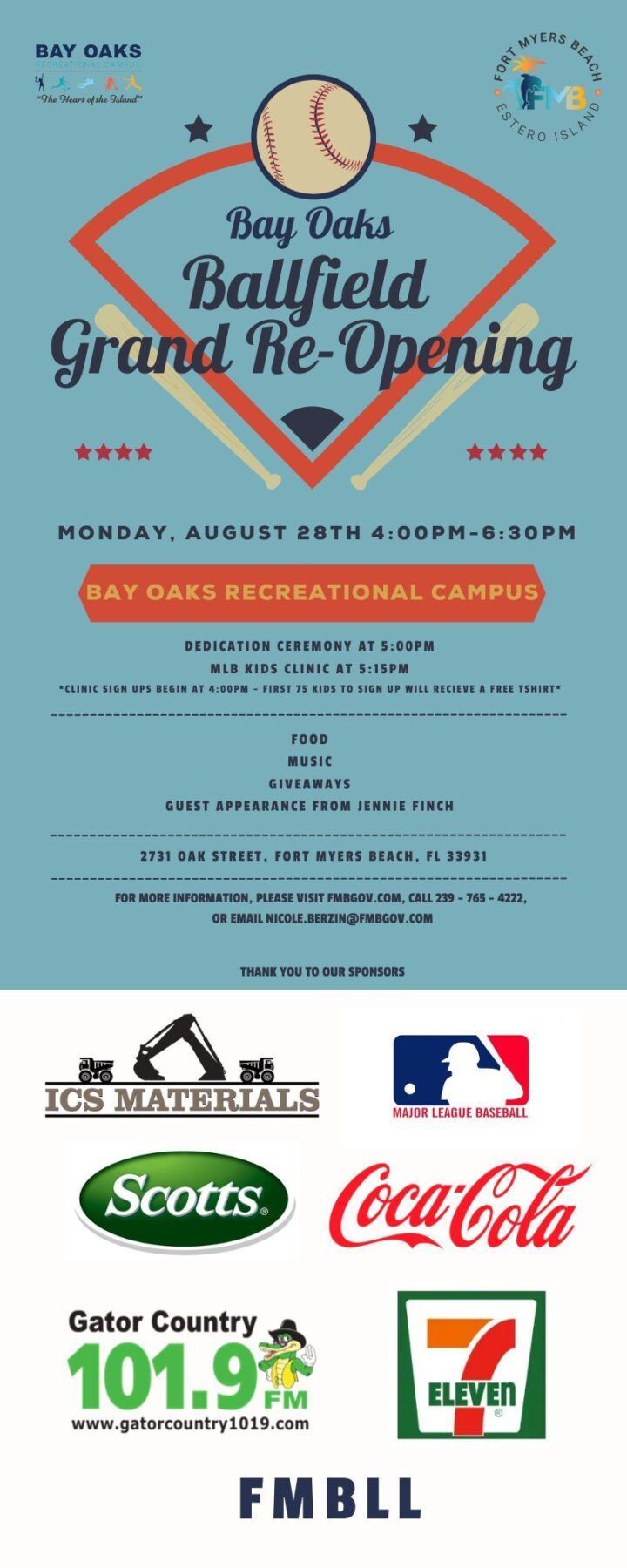
In the 50s and 60s, girls did not participate in organized sports. However, by the time my children were born, both sexes were allowed to play ball, although the girls played softball rather than baseball. I was able to relive my disadvantaged youth by becoming a coach for my daughter’s team, and I enjoyed every minute that I spent on those baseball fields even if I never got the chance to swing a bat or score a homerun.
